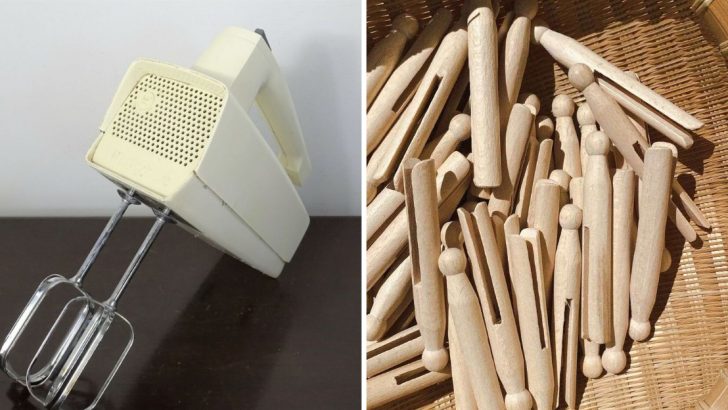In a world constantly evolving with technological advancements, there are certain household products that have become relics of the past. These items, often cumbersome and sometimes bizarre, remind us of a time when convenience was a luxury. As we journey through this list, prepare to be amused and perhaps even grateful for the innovations we have today.
1. Corded Hand Mixer
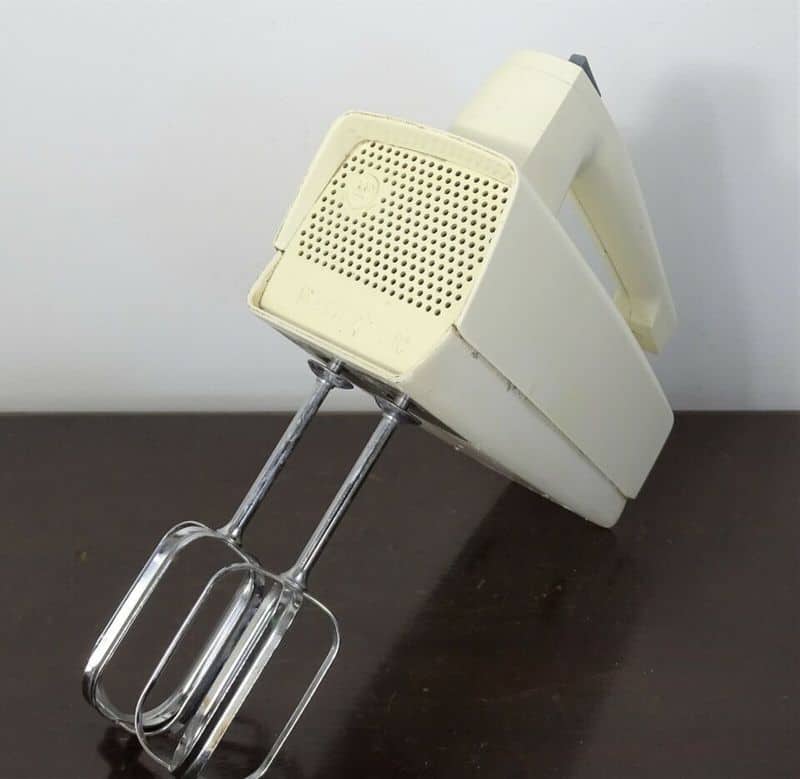
Corded hand mixers were a kitchen staple for whipping up batter and dough, saving home cooks the effort of manual mixing. These devices were durable, often passed down through generations.
Though they required an outlet and were less convenient than today’s cordless models, they were reliable kitchen companions. The whirring sound was a familiar backdrop to many baking sessions.
As technology advanced, these mixers were replaced by more efficient appliances, but they still symbolize a hands-on approach to cooking and baking.
2. Manual Ice Crusher
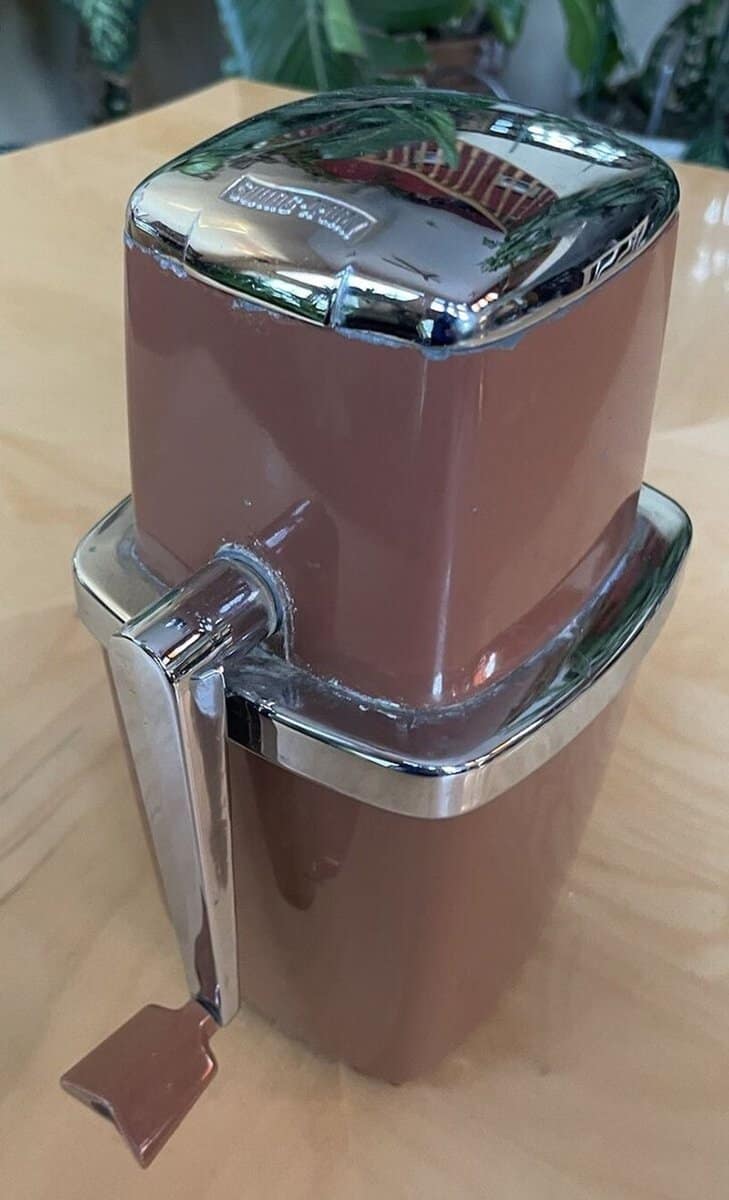
Craving a chilled drink often meant wrestling with a manual ice crusher. These devices were bulky, clunky, and required significant elbow grease. Turning the crank handle was a workout in itself, often resulting in unevenly crushed ice.
It was quite an ordeal, especially if you were preparing drinks for a party. Moreover, the cleanup was a hassle, as ice chips would scatter everywhere.
Today, electric ice crushers and refrigerators with built-in ice dispensers make the process effortless. The manual ice crusher symbolizes a time when convenience was not at our fingertips, and every icy beverage was a small victory.
3. Film Projector
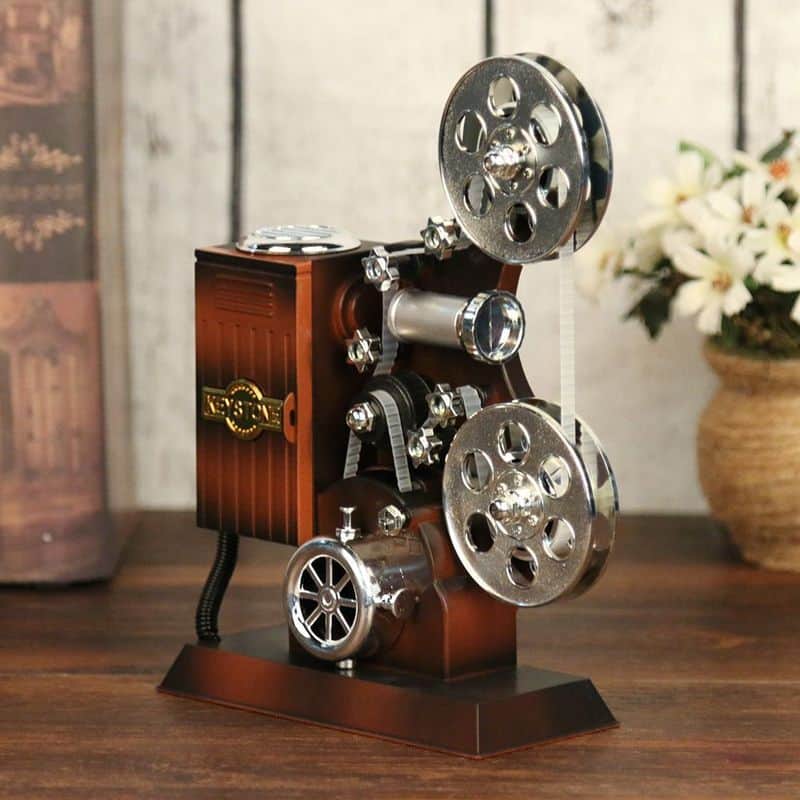
Before the era of digital media, the film projector was the centerpiece of home entertainment. Setting it up required threading reels of film through the machine, ensuring everything was aligned perfectly for a smooth viewing experience.
The room had to be darkened completely, and even the slightest misstep could lead to tangles or film breakage. The whirring sound of the projector was synonymous with family movie nights.
While the charm of watching films this way is nostalgic, it was undeniably inconvenient. Today, streaming services have made media consumption effortless, and the bulky film projector remains a relic of the past, appreciated more for its novelty than practicality.
4. Hand-Powered Carpet Sweeper
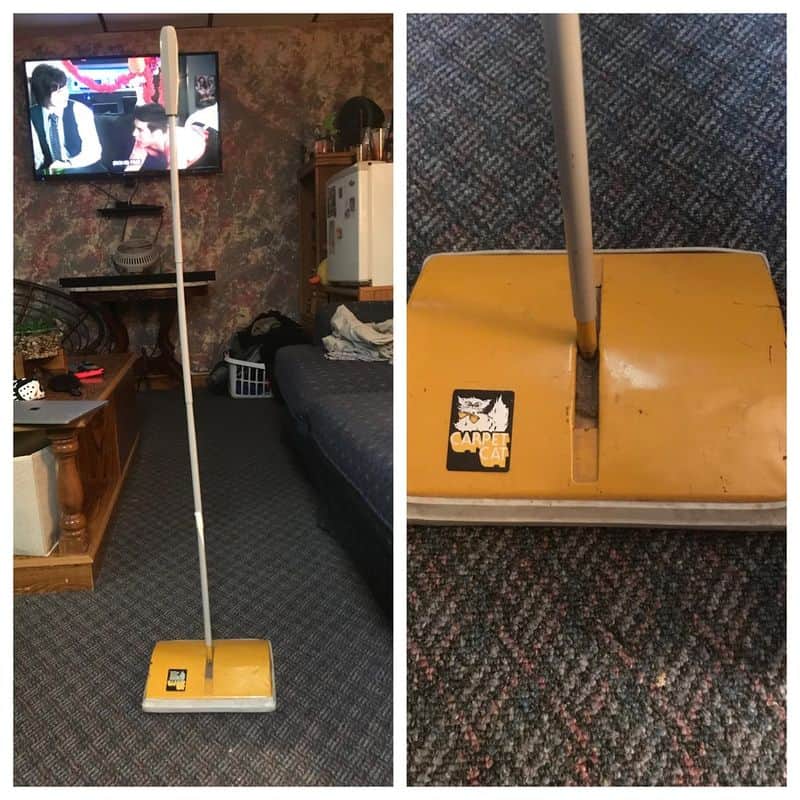
Long before the invention of vacuum cleaners, the hand-powered carpet sweeper was a household essential. It consisted of a simple brush mechanism that required manual effort to lift dirt and debris from carpets.
Pushing and pulling it across the floor was tiring, and its efficiency was questionable, especially with thicker carpets.
Despite its limitations, it was a vast improvement over sweeping. Today’s advanced vacuum cleaners have replaced the need for such manual labor. The hand-powered carpet sweeper stands as a reminder of the simpler, yet more labor-intensive, cleaning methods of the past.
5. Coal Ironing Box
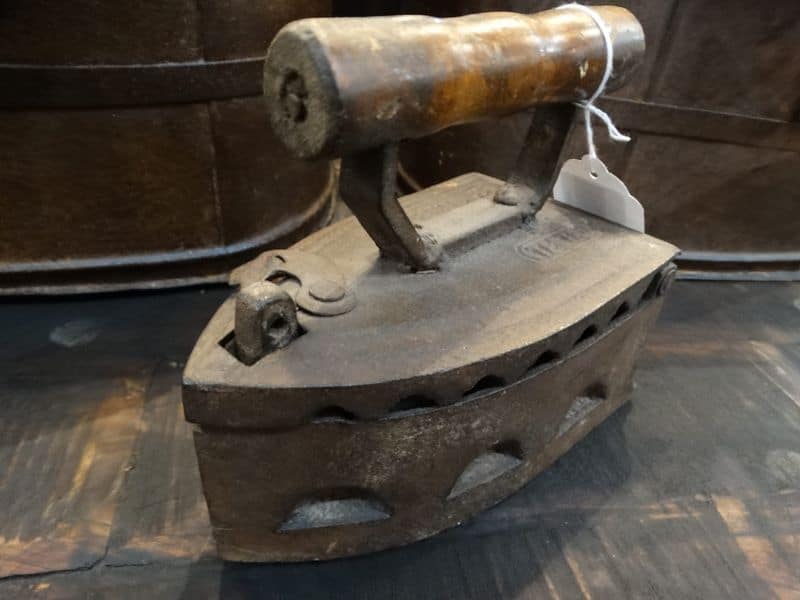
Ironing clothes wasn’t always as simple as plugging in an electric iron. The coal ironing box was a heavy, cumbersome device used for pressing garments. It required filling with hot coals to generate heat.
The weight alone made it challenging to maneuver, and there was always a risk of burning the fabric. Additionally, the process of reheating and refilling coals was time-consuming and hazardous.
Today, electric irons with adjustable temperature controls offer convenience and precision. The coal ironing box is an artifact from a time when ironing demanded skill and patience, and it highlights the strides we’ve made in household technology.
6. Butter Churn
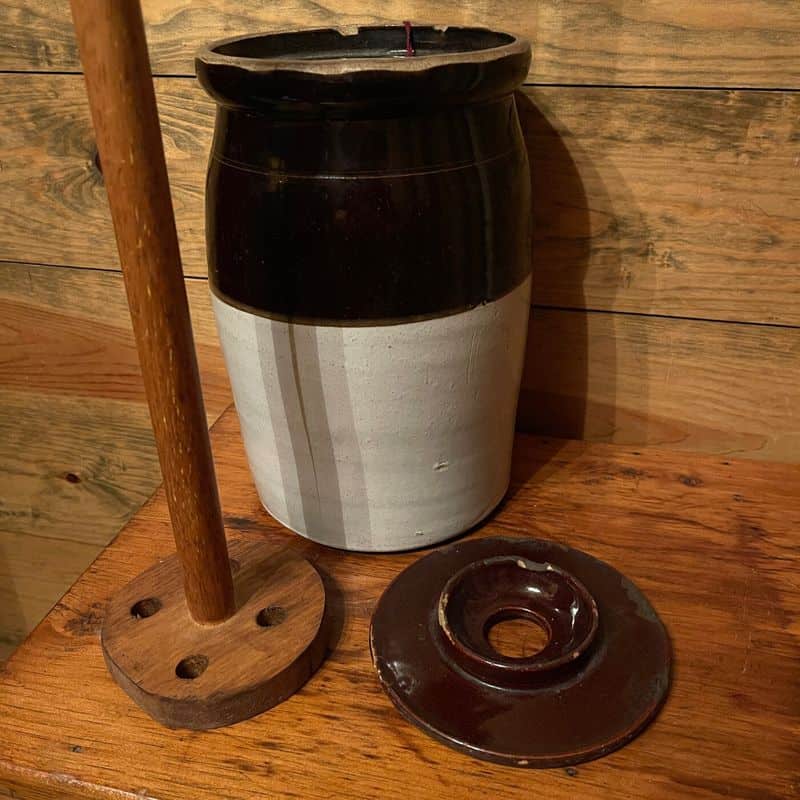
Churning butter was once a daily chore in many households. The butter churn, usually a large wooden container with a hand-cranked mechanism, required significant effort and time.
The rhythmic motion, while somewhat therapeutic, was labor-intensive. For families, especially those with children, it was a communal activity. However, the advent of electric mixers and store-bought butter has made this device obsolete.
The butter churn remains a symbol of self-sufficiency and domestic labor from a bygone era. Its presence in antique stores and museums serves as a reminder of the artisanal craftsmanship that was once a part of everyday life.
7. Washboard and Basin
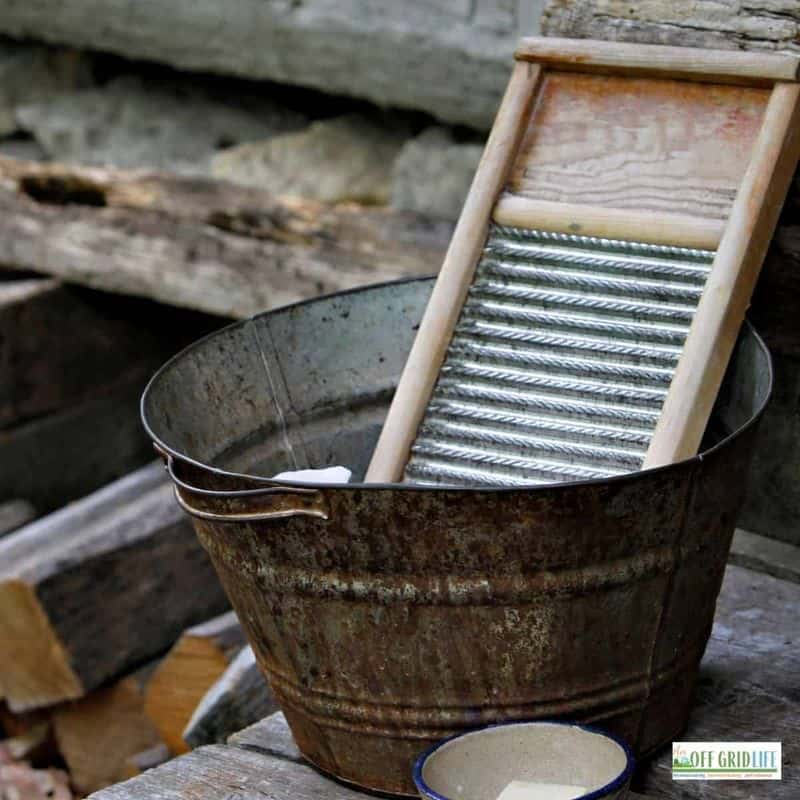
Doing laundry was once a physically demanding task. The washboard and basin were essential tools for scrubbing clothes clean. This manual process involved rubbing garments against a ribbed board submerged in soapy water.
It required strength and could be taxing on the hands. Despite its simplicity, it was effective and better than washing in streams.
With modern washing machines, this laborious method is no longer necessary. The washboard and basin represent the hard work and resilience of past generations, and they hold a nostalgic charm as decorative pieces in contemporary homes.
8. Non-Electric Toaster
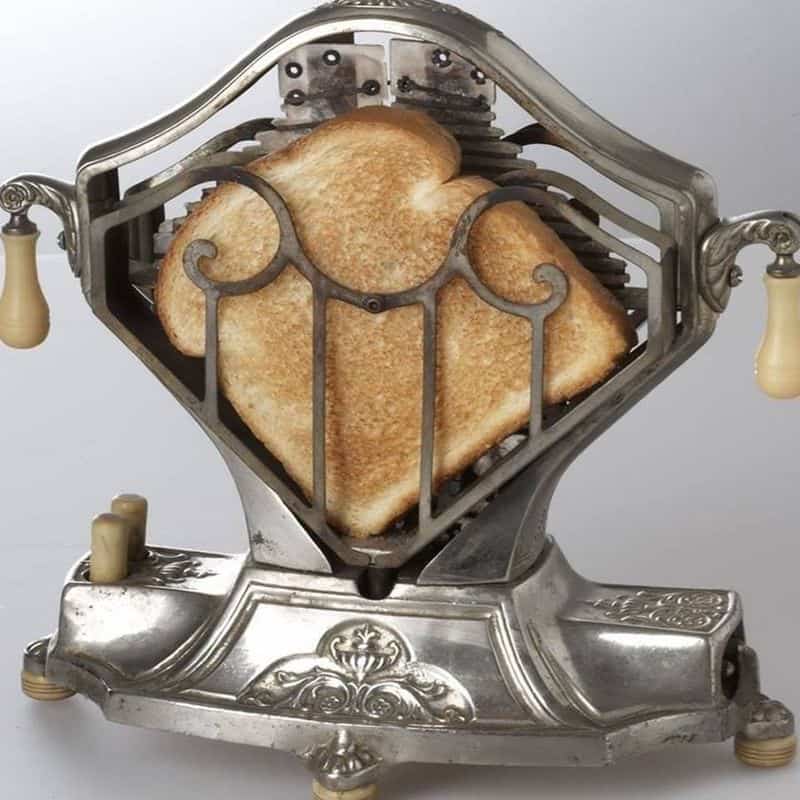
Toasting bread wasn’t always a quick affair. The non-electric toaster, often a simple wireframe device, required placing slices of bread near an open flame or heat source.
Flipping the bread manually to achieve an even toast was essential, which demanded constant attention. This method was not just inconvenient but also posed a fire hazard.
Modern electric toasters have made breakfast preparation faster and safer. The non-electric toaster is a quaint reminder of a time when even the simplest of tasks required patience and vigilance.
9. Mechanical Alarm Clock
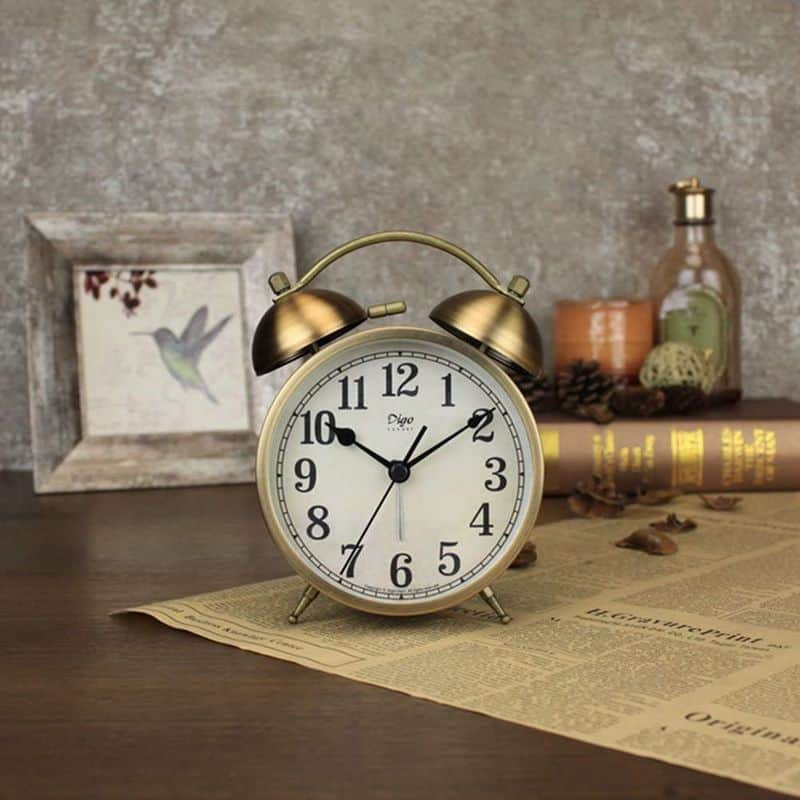
Waking up on time once depended on the mechanical alarm clock, complete with its iconic twin-bell ringer. Setting it involved winding the clock and pulling a lever, a task requiring precision.
The loud, jarring sound it produced was enough to jolt anyone awake instantly. However, it had a habit of failing at the most inconvenient times, requiring frequent checks.
Today, digital alarms and smartphones provide a more reliable and customizable wake-up experience. The mechanical alarm clock remains a nostalgic piece, often appreciated for its aesthetic rather than its practicality.
10. Mangle Wringer
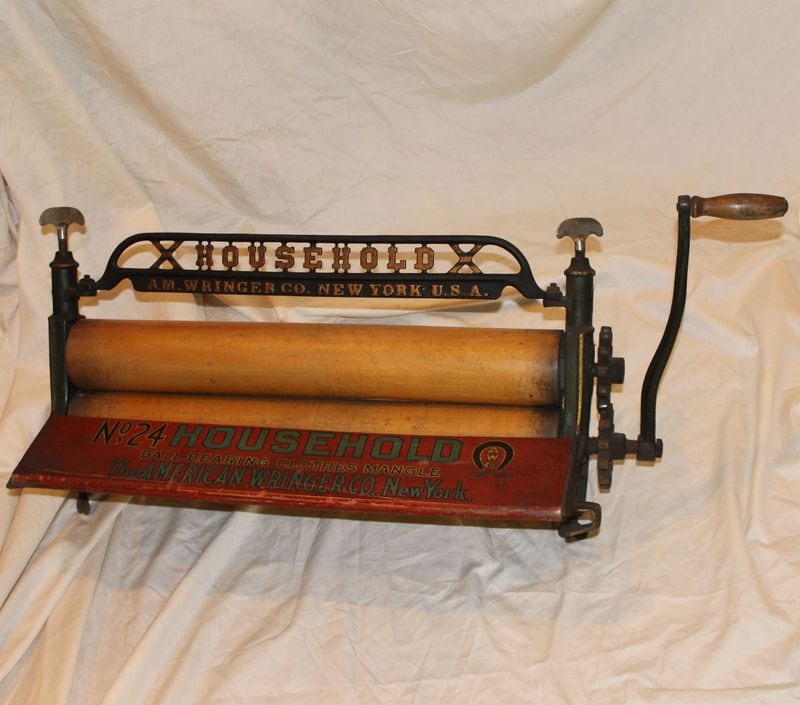
The mangle wringer was once a revolutionary tool for drying clothes. It functioned by squeezing water out of freshly washed garments, using two rollers and a hand-crank.
While it saved time compared to air drying, it demanded caution to avoid injuries. Clothes were often left with wrinkles, necessitating additional ironing.
Today’s electric dryers and steam technology have rendered the mangle wringer obsolete. It stands as a testament to human innovation and the continuous quest for improved efficiency in household chores.
11. Kerosene Stove
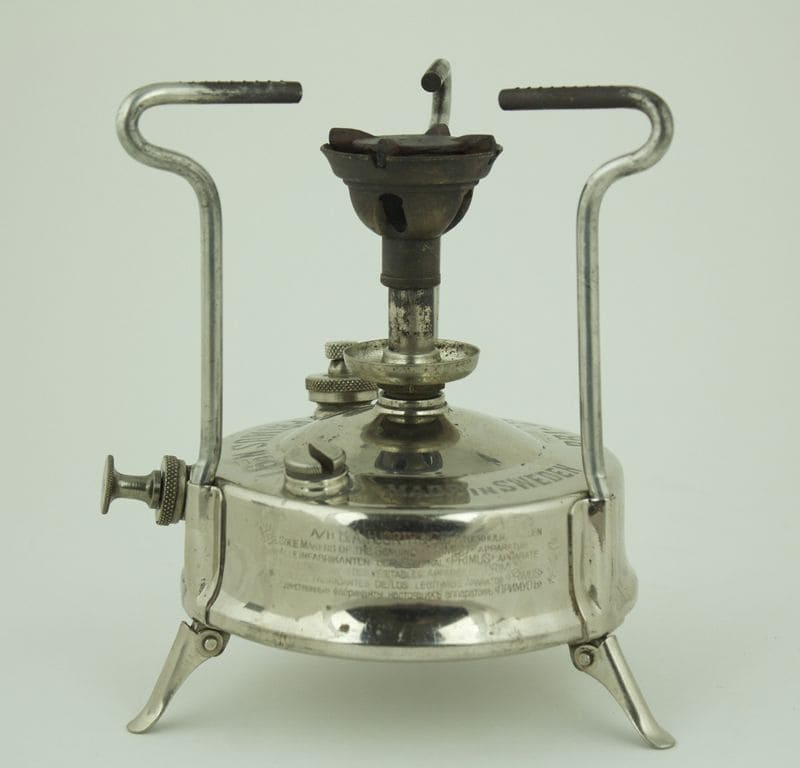
The kerosene stove was a common cooking appliance before the widespread use of gas and electric stoves. It required careful handling of fuel and constant attention to maintain a steady flame.
The smell of kerosene often lingered in the air, and there was always a risk of spillage or fire. Despite these challenges, it provided a portable cooking solution in many households.
Modern cooking appliances offer safer and more efficient alternatives. The kerosene stove is now a relic, reflecting the evolution of culinary technology and safety standards.
12. Wooden Clothes Pegs

Drying clothes naturally involved wooden clothes pegs, simple yet effective tools for securing garments on a line. While charming in appearance, they were prone to weather damage and breakage.
They required manual labor, as clothes had to be hung and retrieved individually. In windy conditions, clothes risked falling off, leading to additional washing.
Although modern dryers have reduced the need for outdoor drying, wooden clothes pegs are still cherished by enthusiasts of eco-friendly practices. They remind us of a time when patience was a virtue in everyday tasks.
13. Foot-Pedal Sewing Machine
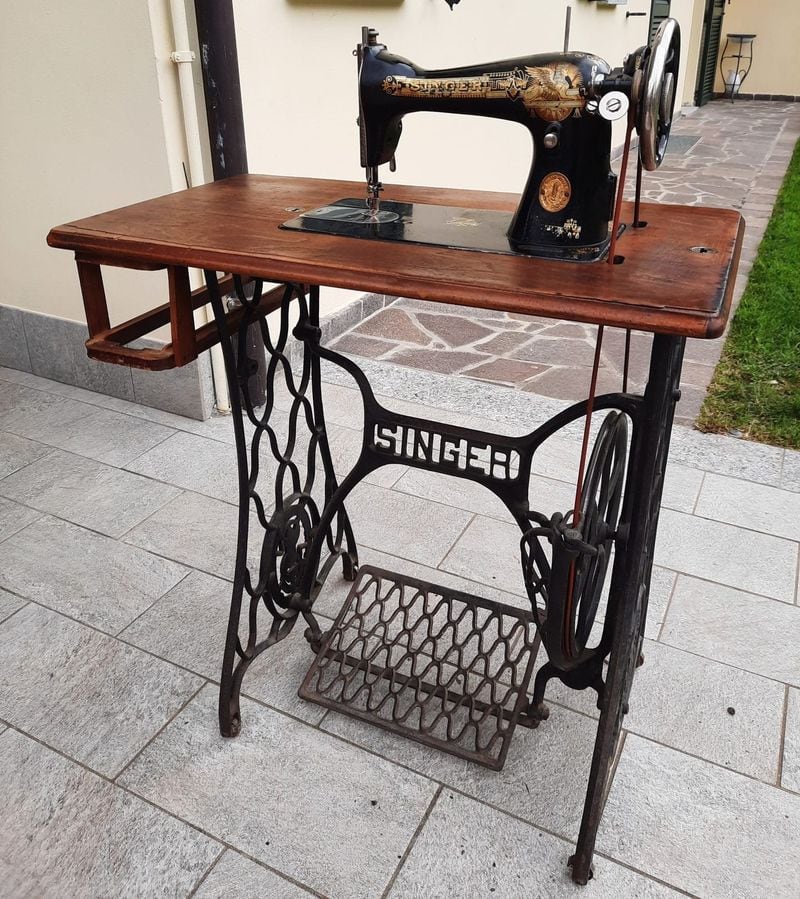
Sewing once involved the use of a foot-pedal sewing machine, a device that combined craftsmanship with manual labor. Operating it required coordinated foot and hand movements to stitch fabrics together.
The rhythmic pedal motion was both satisfying and exhausting, especially during large projects. Despite its demands, it offered a sense of accomplishment and creativity.
Electric sewing machines have simplified the process, providing ease and efficiency. The foot-pedal sewing machine remains a treasured antique, admired for its design and historical significance in the evolution of textile arts.

